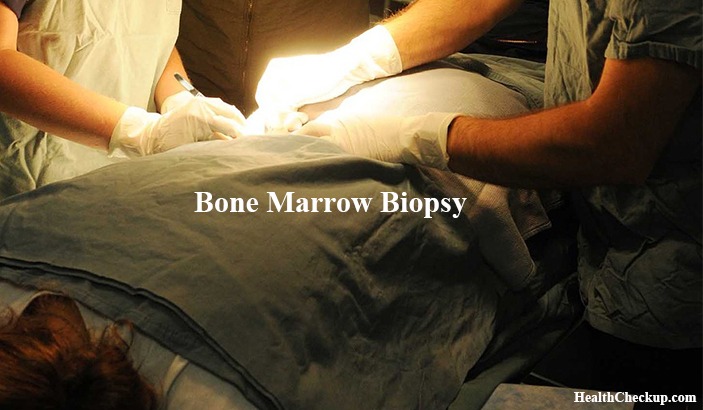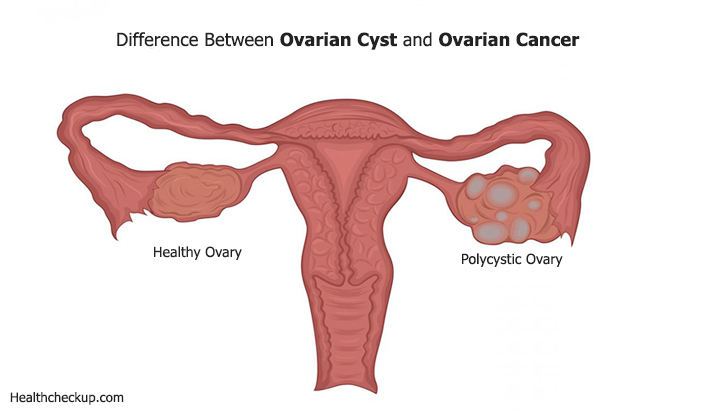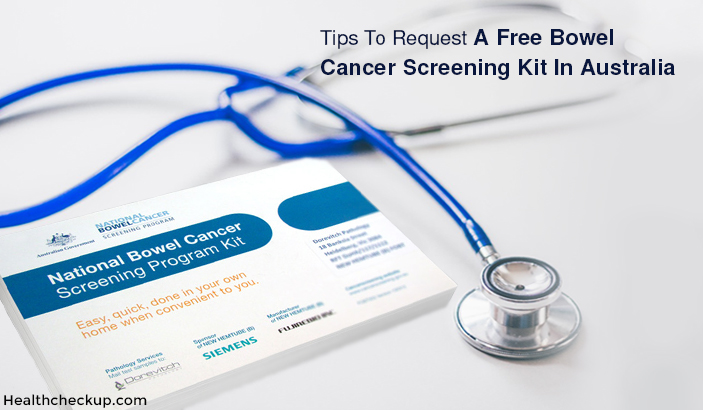Bone marrow biopsy test is to determine any infection, disease or other problem in the bone marrow. But before we get on with the details of the bone marrow test it is important to know the meaning of bone marrow. Well, the bone marrow is a spongy flexible tissue present in the interior of the bones. The red blood cells are produced by the cores of the bone marrow following a procedure known as haematopoiesis. The bone marrow is also responsible for the production of white blood cells and platelets
. Problems with the bone marrow can lead to serious health concerns. For the bone marrow biopsy, a small sample of the marrow is taken from inside the bones for testing in the laboratory.
What is Bone Marrow Biopsy and Aspiration?
Bone marrow biopsy and bone marrow aspiration are two procedures that help to examine the bone marrow. The marrow comprises of both solid and liquid parts. When the solid portion of the bone is sampled, it is called a biopsy and when the liquid portion of the marrow is tested, it is called aspiration. Usually, these two procedures are carried out together to determine whether the bone marrow is healthy and producing normal amounts of blood cells. Doctors use the bone marrow test to diagnose blood and marrow disease such as bone marrow cancer and fevers of unknown origin.
Why is Bone Marrow Test Done?
Bone marrow biopsy and aspiration provides detailed information about the condition of bone marrow and blood cells. Your doctor may ask you to undergo this test when blood tests don’t provide enough information about a suspected condition. Bone marrow exam is performed for the following reasons:
- Diagnose a disease or health condition concerning the bone marrow or blood cells
- Determine the stage or progression of a disease
- Check metabolism and iron levels
- Monitor the treatment of a disease
- Know more about a fever of unknown origin
- Determine conditions such as anaemia
- When too few or too many of a specific type of blood cells are produced (leukopenia, thrombocytopenia, leukocytosis, thrombocytosis, polycythemia and pancytopenia)
- Bone marrow cancer or blood cancer along with leukemia, lymphoma and multiple myeloma
- Hemochromatosis
Bone Marrow Biopsy Test Procedure
Bone marrow biopsy and aspiration can be done in the health care provider’s office or a hospital. In most cases, the samples are taken from the pelvic or breast bone. The doctor will administer local anaesthesia to numb the region from where the biopsy will be taken. You might experience a slight sting when the anaesthesia is injected. The doctor will then make a small incision and insert a hollow needle through the skin into the bone to collect a cylinder shaped sample. This is known as the core sample. You might experience a dull pain or discomfort when the biopsy is taken because anaesthesia does not work on the inside of the bones.
The bone marrow aspiration is done before the biopsy. For this, the doctor will make a small incision and withdraw a sample liquid portion of the bone marrow using a syringe. The aspiration takes only a few minutes to perform. The incision will be covered and bandaged immediately after the procedure. You will be asked to rest for 10 to 15 minutes and then released. You can return to your normal activities as soon as you want. If you have had IV sedation instead of local anaesthesia, then you will have to rest for at least 24 hours before you can get back to normal activities. You may feel some weakness or tenderness after the bone marrow exam. Your doctor may prescribe a pain reliever to ease the pain.
Steps to Prepare for the Bone Marrow Test
- Your doctor will perform a series of examinations before the bone marrow biopsy procedure.
- Be sure to tell your doctor about the medications you take, including nutritional supplements and over-the-counter pills.
- You might be prohibited from taking certain medications before the procedure.
- Open up about your worries and questions and discuss with the doctor before undergoing the procedure. Your doctor might give you a mild sedative medication before the exam.
- Follow the doctor’s instructions carefully before the procedure.
Recovery and Care after the Bone Marrow Biopsy Test
- You may feel slight pain and weakness for about a week after undergoing the procedure.
- The pain can be easily managed with over-the-counter pain relievers.
- Caring for the incision wound is more important.
- You need to keep the wound dry for 24 hours after the biopsy.
- Don’t take shower, bathe or soak in a hot tub for 24 hours post-biopsy.
- Avoid strenuous activities or exercise for 1 or 2 days to minimize discomfort, pain and bleeding.
- Contact the doctor if you have a persistent fever, unbearable pain, swelling at the incision site, experience bleeding or drainage at the procedure site.
Bone Marrow Test Results
The bone marrow samples are sent to the laboratory where the hematologist analyses the samples are evaluate whether the bone marrow is producing enough healthy blood cells or not. The results come back within a few days.
A normal result denotes that the bone marrow is healthy and it contains the ideal number and types of blood-forming cells, fat cells and connective tissues.
Abnormal results may be due to various reasons. It can indicate bone marrow cancer, anaemia, abnormal white blood cells or too few platelets.
Risks Involved In Bone Marrow Exams
Bone marrow tests are safe procedures and complications are rare. Some of the complications that can arise are as follows:
- Excessive bleeding, especially in people with low blood cell (platelets) count
- Infections in people with weak immune system
- Lasting discomfort at the site of the biopsy
- Heart or lung problems caused by penetration of the sternum (breastbone)
The bone marrow test aids the doctor to confirm or negate a diagnosis, determine the stage of the disease and understand whether the present treatment is working or not. The patient may need to do follow-up tests depending on the bone marrow test results.
Medically Reviewed By










